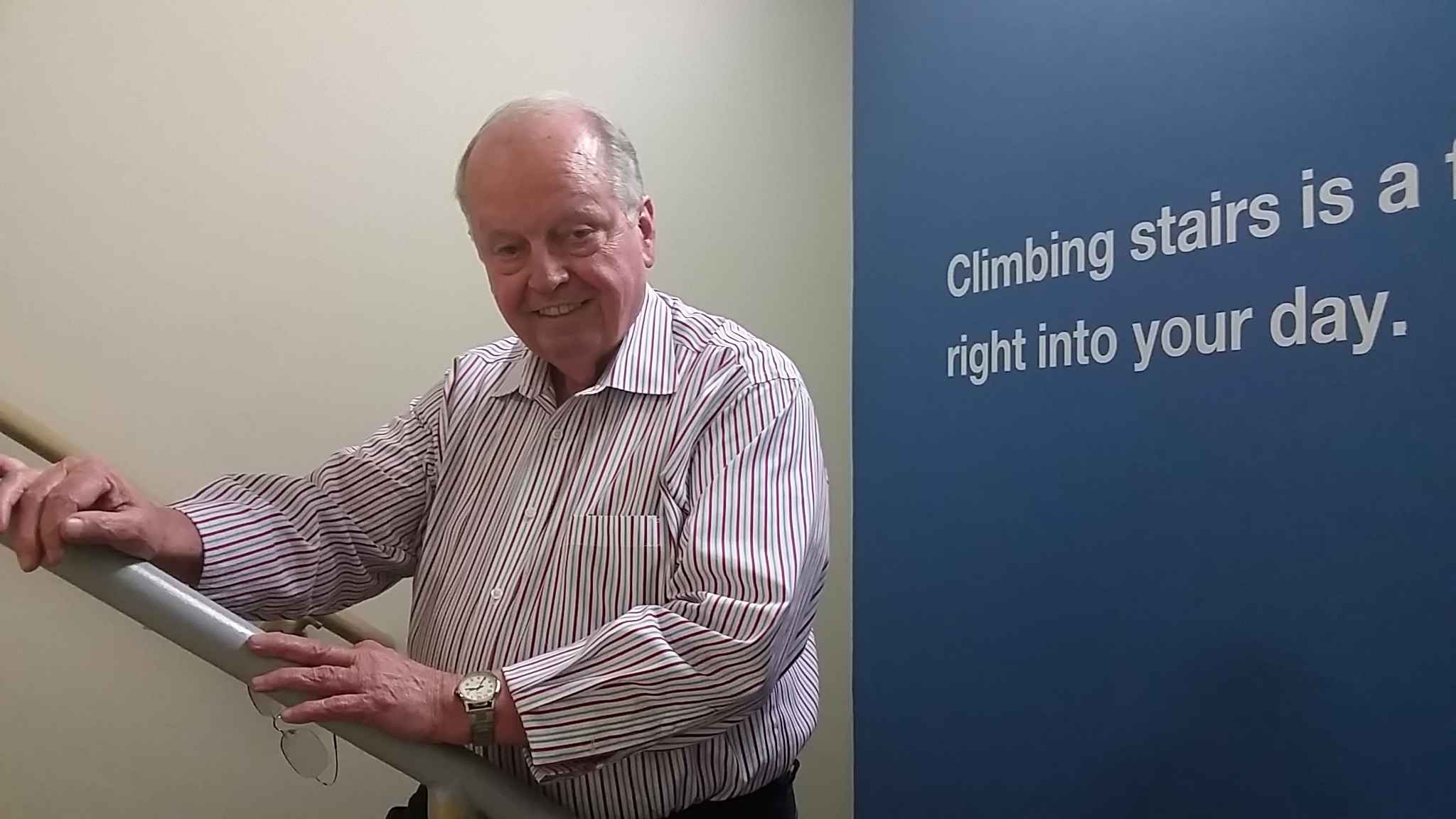
Foreclosure Forum

|
Foreclosure Forum |
|
Contact / Map | Priceline Tips
|
Non-Disclosure of Transfer TaxIt's common knowledge that when someone sells real property they have to pay a transfer tax on the equity they're deeding to the buyers. In most jurisdictions the tax amount that was paid is shown on the face of the deed that transfers title to the buyer. Thus all anyone has to do to figure out what the property sold for is to divide the transfer tax that's shown by the local tax rate. To determine that rate call your local country recorder's office. Here in California the base tax rate is 55¢ per each five hundred dollars worth of seller's equity being transferred to the buyer. It's easier to compute if you figure the rate as $1.10 per thousand dollars of equity being transferred. Note some cities add their own tax on top of the county's base rate. By not disclosing the amount of the transfer tax, on the face of their deeds, buyers can enjoy a lot more privacy about what they paid for their property and the cash down payment involved. What most people don't know, even experienced real estate brokers, is that by CA law (§11932 of the Revenue & Taxation Code) a buyer can request that the county recorder not show the documentary transfer tax that's being paid on property being deeded to them! So any busybody, looking at a copy of the recorded deed, will only see a blank space where the amount of the transfer tax is usually entered! Most of them will be baffled and chalk it up to a mistake that somehow slipped past the clerk at the time of recording. Now there really is a way to determine the amount of transfer tax that was paid when there's just a blank space on the face of the deed. But only a few intrepid souls know about it. You see, the law just allows you to not show the tax on the face of the recorded deed-it doesn't seal the recorder's lips. Thus the recorder's office still keeps a public record of the tax that was paid. They usually keep track of it in a loose leaf binder, indexed by the year and chronological instrument number that was assigned to the deed at the time it was recorded. So, whenever you want to know what the transfer tax was on a particular deed just call or visit your county recorder's office. Ask for the "non-disclosed transfer tax file" and give the clerk the recorder's instrument number. In a flash the clerk will tell you the amount of tax paid and whether it was computed on the full or partial value of the property. Divide the tax amount by the your local tax rate and voilą, you now know what the buyers paid for the property. Of course, there's nothing stopping cagey buyers from overpaying the transfer tax when they buy-thus making it appear from the larger tax total that a lot more was paid for their property than actually was! Also note that you might have to pay some transfer tax, even if it's just the bare minimum, (55¢ here in California) in order to request that the tax amount not be shown. That's because some recorder offices think the code doesn't apply in the instance of a zero tax amount. So, if that's their interpretation just volunteer 55¢ and then tell them not to show it! Sometimes you'll find yourself doing your own recording. If that's the case just fill in and sign the appropriate non-disclosure request form (get it from your favorite escrow officer) and paperclip it to the face of the deed you're recording. When you hand it to the recorder's clerk they'll temporarily separate it from the deed while they stamp it with their recording info and compute their recording fees. When they're finished with that routine and you've paid your fees they'll reattach your request to the deed. And there it will remain as your deed wends its way throughout the rest of the recording process and eventually pops up in your mailbox about three weeks later.
|
Information provided by this website is for informational purposes only and is not a substitute for professional advice. Please consult your investment advisor and/or attorney before entering into any transaction. Read our privacy policy.
Copyright © 1997-2025, InnoVest Resource Management
http://www.foreclosureforum.com
InnoVest Resource Management, 4569-A Mission Gorge Place, San Diego CA 92120-4112
(619) 283-5444, Fax (619) 283-5455